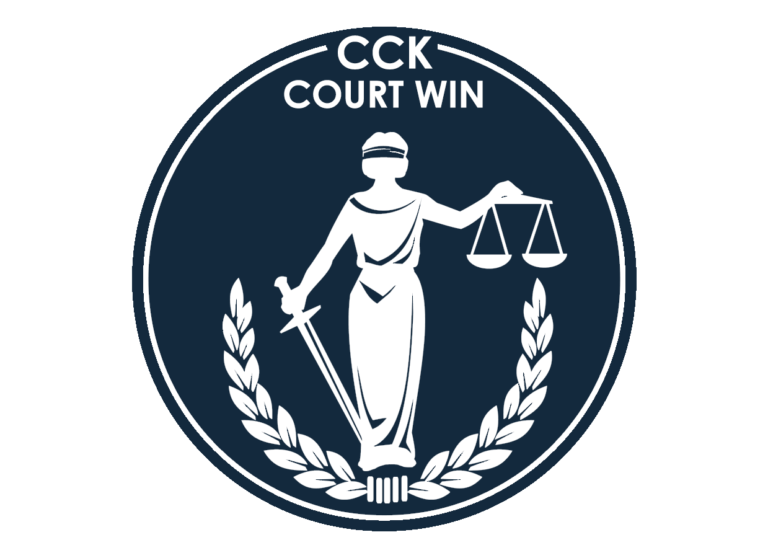Board wrongly denies Veteran service connection for hip condition

CCK Law: Our Vital Role in Veterans Law
Summary
The veteran served on active duty from February 1962 to February 1965. He reenlisted and served again from December 1965 to January 1978, and May 1985 to April 1989. He filed a claim for a left hip condition in April 1989.
An April 2011 medical opinion stated that the veteran’s left knee osteoarthritis had progressed to involve her hips. A July 2011 opinion stated that degenerative changes in the veteran’s knees resulted in degenerative joint disease in the hips. A May 2013 VA examiner identified a diagnosed condition for the right hip, yet noted functional impairment in both hips. He opined that any chronic hip pain which was due to arthritis was as likely as not incurred in service. The examiner noted that there were no recent x-rays in the record. As such, he ordered more that same day, and the x-rays were processed three days later for review. The examiner reported that the Veteran’s spine x-rays showed “[d]egenerative changes of the hip joints, right worse than left.” He also interpreted hip x-rays as “[n]egative left hip” and “degenerative spurring” in the right hip.
Board denies service connection for left hip condition
In the April 2016 decision on appeal, the Board found the 2011 opinions were outweighed by the May 2013 VA opinion, which was based on negative left hip x-ray findings. Ultimately, the Board found no evidence of left hip musculoskeletal pathology, and therefore denied service connection for the condition. In regards to radiculopathy caused by a service-connected back disability, the Board found that consideration of such symptoms was outside the scope of the instant claim. With CCK’s help, the Veteran appealed to the Court.
CCK appeals to Court; CAVC agrees with CCK’s arguments
The Appellant argued, and the Court agreed, that the Board failed to provide adequate reasons or bases for concluding that the x-ray evidence was negative for left hip pathology. The Court also agreed that radiculopathy, or other neurological disability, may warrant consideration by the Board within the context of the instant claim. Additionally, the October 1989 and September 2010 rating decisions defined the issue as “hip pain” without identifying any specific diagnosis. The Board predicated these denials on the absence of any underlying pathology. Thus, the matter was distinguishable from those cases where the prior final denial addressed a specific diagnosis.
About the Author
Share this Post
